
When it comes to air quality, many people recommend opening your doors and windows to increase ventilation and let fresh air inside. But what can you do in the winter, when the frigid cold forces you to keep your windows and doors shut? Thankfully, there are still ways to improve air quality in the winter… Read more »

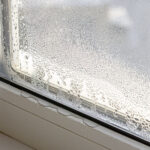

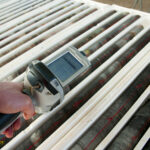

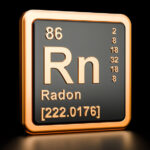


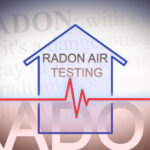
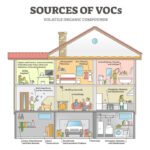

Recent Comments